
Cheetah Comp by EtherealProject on DeviantArt Cat Anatomy, Animal Anatomy, Anatomy Art, Cat
Printouts. Cheetahs ( Acinonyx jubatus) are the fastest land animal. These long-legged cats can run up to 65 miles per hour (100 kph) in short bursts when they are hunting. Cheetahs are shy and are not very sociable with each other.These speedy mammals live for about 8 years in the wild; in zoos, they have a life span of about 10 years.
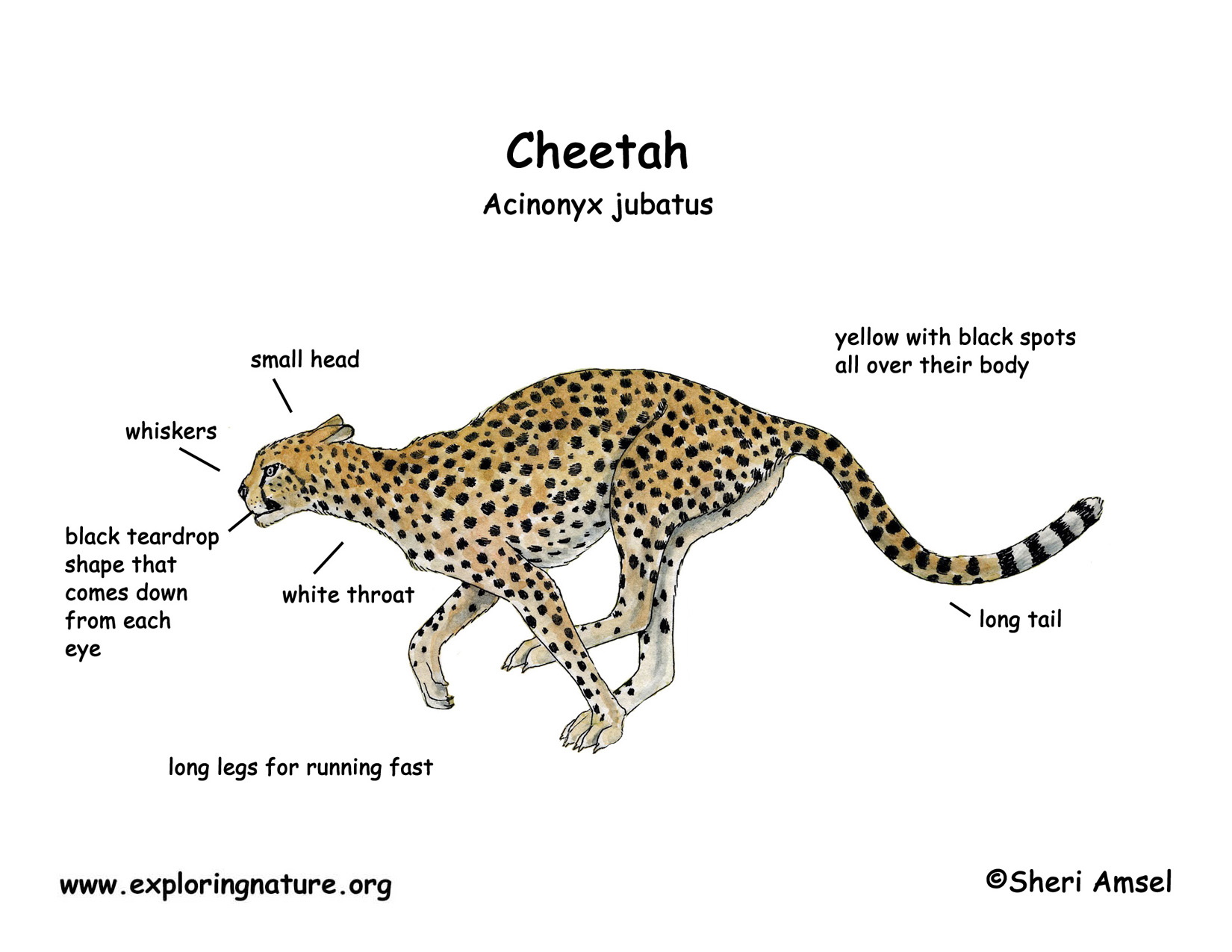
Cheetah
cheetah, ( Acinonyx jubatus ), one of the world's most-recognizable cats, known especially for its speed. Cheetahs' sprints have been measured at a maximum of 114 km (71 miles) per hour, and they routinely reach velocities of 80-100 km per hour while pursuing prey. Nearly all the cheetahs remaining in the wild live in Africa.
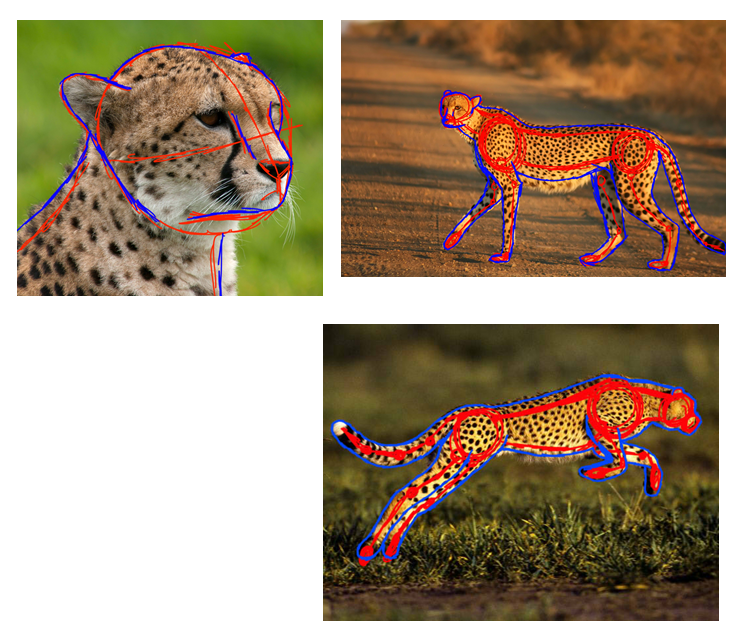
Cheetah Anatomy Study by KonekoKreations on DeviantArt
food chain: a straight-line diagram that shows "who eats whom" in an ecosystem. food web: a diagram that shows the many complex interconnections of "who eats whom" in an ecosystem. habitat:. Cheetahs and humans are living in close proximity to each other. On a map identify and compare the cheetah's historic range to its modern day range.

Cheetah Head Study Cat anatomy, Cheetah, Lion eyes
Adult cheetah males are typically larger than females. Body lengths of cheetahs range from 112 to 150 cm (3.93-4.92 ft.), tail lengths are between 60 to 80 cm (2-2.62 ft.) and the height at the shoulder ranges from 67 to 94 cm (2.2-3.1 ft.). Their weights average from 21 to 72 kg (46-158 lb.), with the average male larger than the average female.
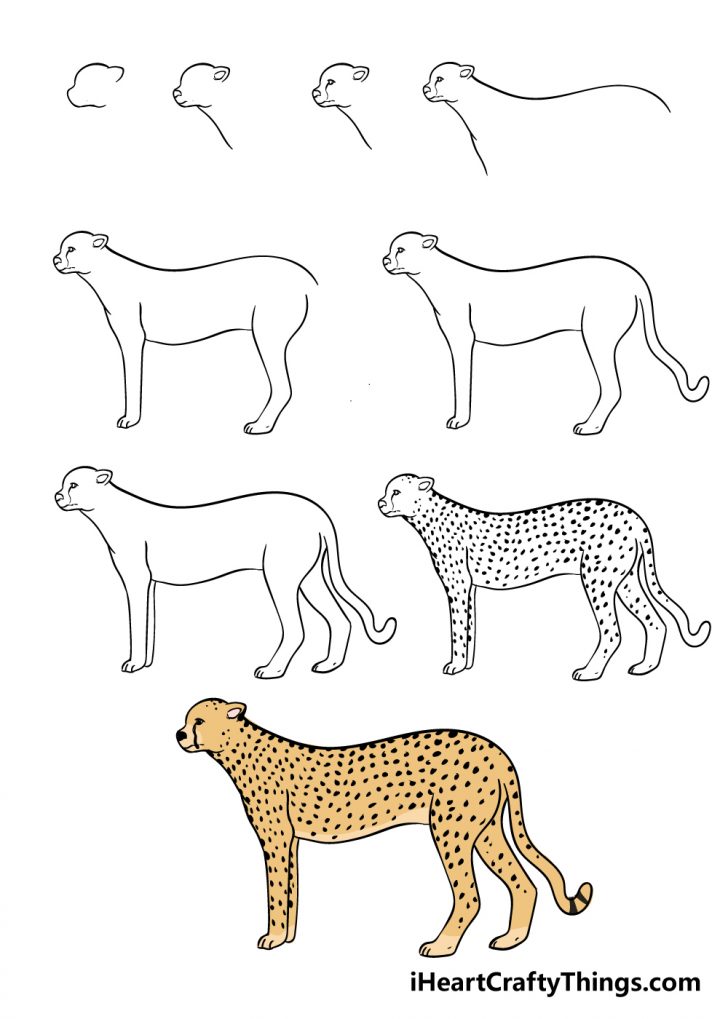
Cheetah Drawing How To Draw A Cheetah Step By Step
Introduction. The cheetah is widely acknowledged to be the fastest living land mammal, capable of speeds up to 29 m s −1 (Sharp, 1997), and yet there is little scientific evidence to explain how it achieves such remarkable speeds.Here we investigate the musculoskeletal anatomy of the cheetah forelimb and compare it with the racing greyhound; an animal of similar gross morphology and mass.

How is the Cheetah Skeleton Different from Other Cats? Cheetah Conservation Fund Canada
Looking at cheetahs, most people would classify them as 'cats'. However, if you were to put a cheetah and your house cat side-by-side, they would likely look quite different. The cheetah would be taller, their legs and tail would be longer, and they would likely be slenderer overall. That is because cheetahs are designed from the inside out.

Cheetah Power Animal, Veterinary Medicine, Cheetahs, Lioness, Eye Drawing, Love Art, National
The cheetah (Acinonyx jubatus) is a large cat with a tawny to creamy white or pale buff fur that is marked with evenly spaced, solid black spots. Its head is small and rounded, with a short snout and black tear-like facial streaks. It reaches 67-94 cm (26-37 in) at the shoulder, and the head-and-body length is between 1.1 and 1.5 m (3 ft 7 in and 4 ft 11 in).
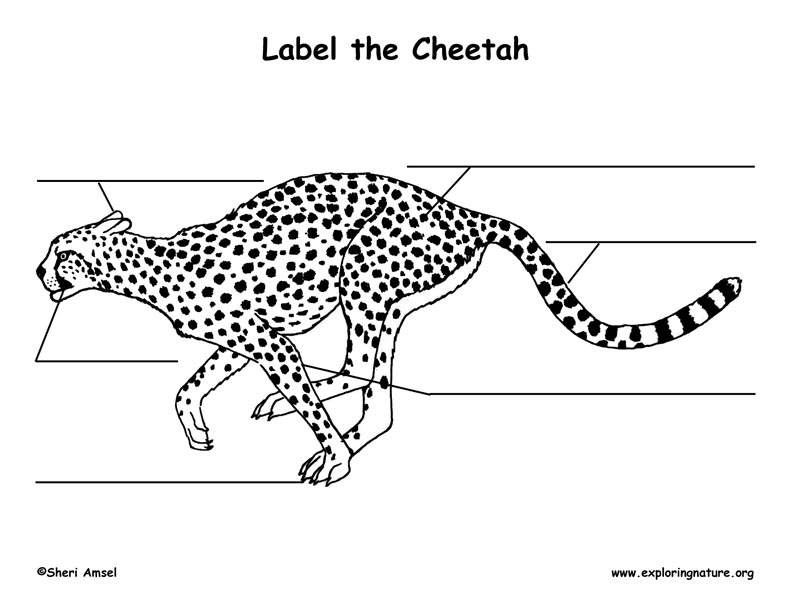
cheetah digestive system
The cheetah has a black teardrop shape that comes down from each eye and helps it to blend into (camouflage) tall grass. They have a long tail, which helps to balance them when they run. They have a small head for their body size. They can weigh up to 145 pound and are 7 feet long with their tail. They are the only cat that do not have claws.

Diagrams Of Cheetahs
Anatomy. The name "cheetah" comes from a Hindi word meaning "spotted one" or from the Sanskrit word "chitraka". An adult has yellow or tan fur with solid black round or oval spots measuring .75 to 1.5 inches (1.9 to 3.8 centimeters) in diameter. The spots cover nearly the entire body; only the white throat and abdomen are unmarked. Spots merge.

Cheetah Drawing How To Draw A Cheetah Step By Step
Learn How To Draw a Cheetah Step By Step. Realtime, Narrated Drawing Tutorial. Enjoy!Support the Channel :https://paypal.me/ArtSimplehttps://www.patreon.com.

Cheetah Anatomy Chart Jun's anatomy
Habitat & Range. Cheetahs are tolerant of a wide range of habitats including shrublands, grasslands, savannahs, and temperate to hot deserts. Cheetahs largely stay on the ground but are known to climb trees on occasion. As recently as 20,000 years ago, cheetahs had a near worldwide distribution and were one of the most widely distributed land.
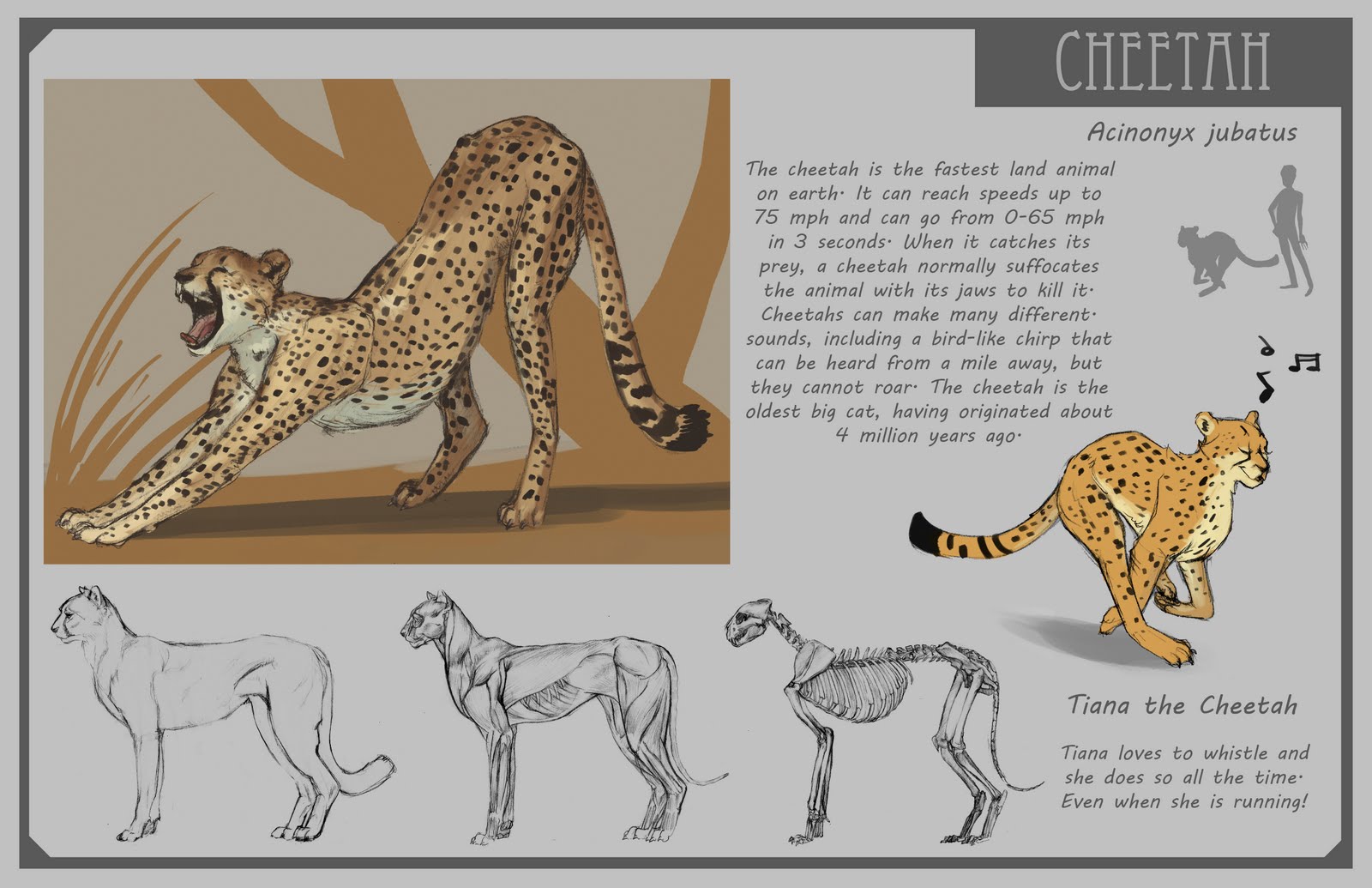
Cheetah Life Cycle Diagram
Baby cheetahs in Rhodesia are documented. The Cheetah Orphans - 2007, BBC; Season 26 from Nature documents Veteran wildlife filmmaker Simon King as he raises two cheetah cubs after the death of their mother. Cheetah: Fatal Instinct - 2012, National Geographic; This documentary follows one cheetah family as the mother raises her cubs to be.

Diagrams Of Cheetahs
Organism: The cheetah is a big cat and is now, mainly found in southern Africa. It is known for its speed as it is able to accelerate from miles per hour in only. Fastest mammal on land, the cheetah can reach speeds of 60 or perhaps even 70 miles (97 or kilometers) an hour over short distances. It usually chases its . 1. Daily Diagrams Sample # 2.

Cheetah Life Cycle Lesson for Kids Video & Lesson Transcript
Cheetah. Fastest mammal on land, the cheetah can reach speeds of 60 or perhaps even 70 miles (97 or 113 kilometers) an hour over short distances. It usually chases its prey at only about half that speed, however. After a chase, a cheetah needs half an hour to catch its breath before it can eat. These cats are nimble at high speeds, able to make.
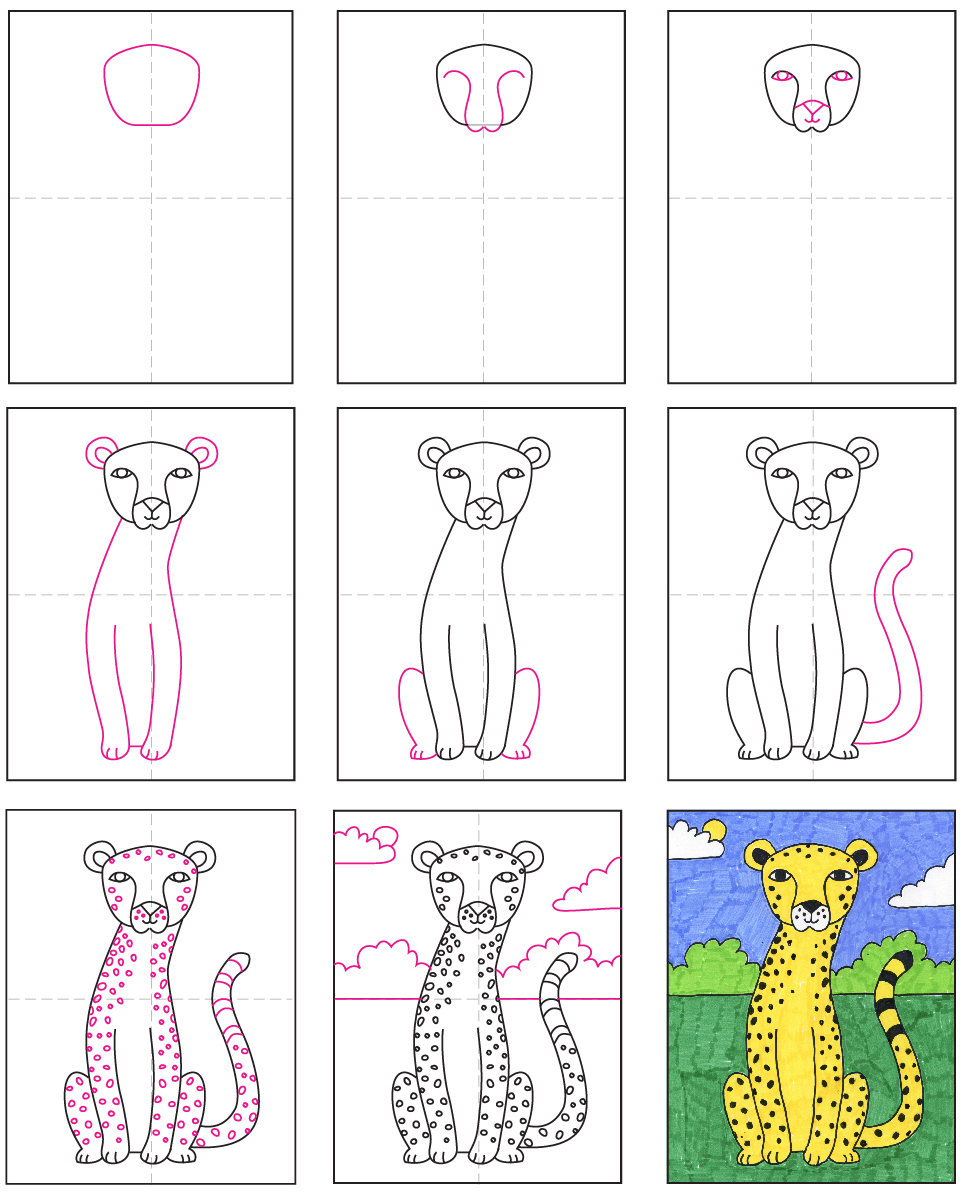
Great How To Draw A Cheetah For Kids in the world Check it out now
The Cheetah is an animal that has a long and slender body that is covered in coarse yellowish fur and dotted with small black spots. Its long tail helps with balance and changing direction quickly and unlike the rest of the Cheetah's body, there are ringed markings along the tail which ends in a black tip.

Cheetah Anatomy with Skeletons and Muscles with Fur Xgen 3D Model 249 .obj .fbx .ma .unknown
The cheetah is capable of a top speed of 29 ms −1 compared to the maximum speed of 17 ms −1 achieved by the racing greyhound. In this study of the hindlimb and in the accompanying paper on the forelimb we have quantified the musculoskeletal anatomy of the cheetah and greyhound and compared them to identify any differences that may account for this variation in their locomotor abilities.